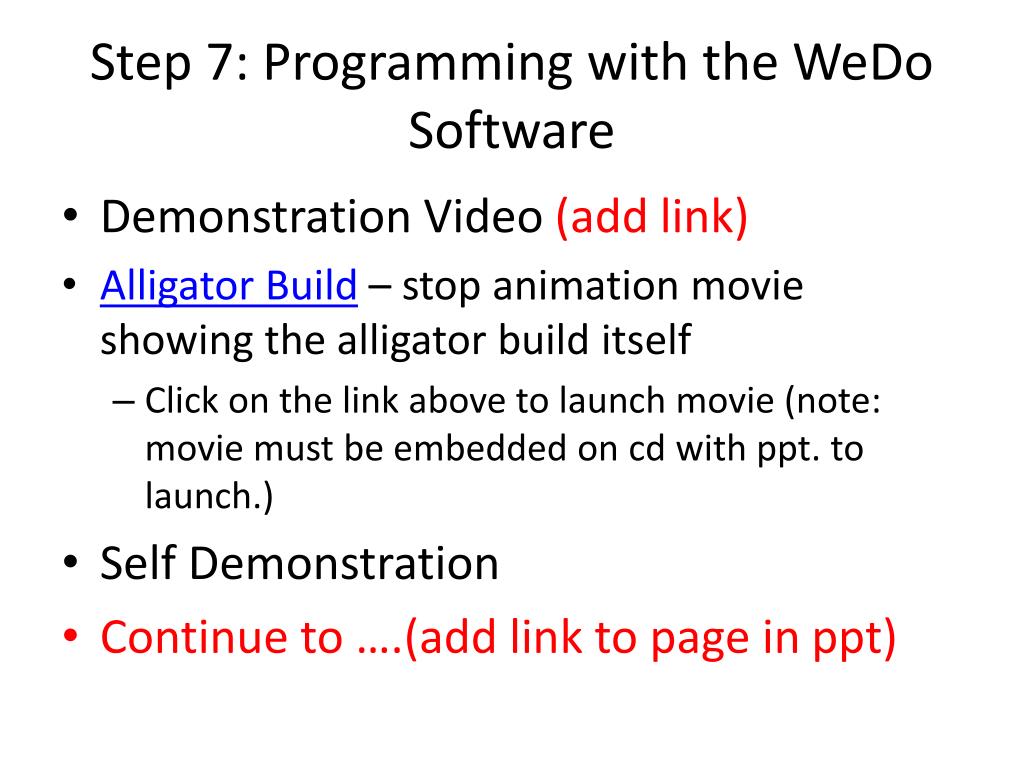


The sensor doesn’t kick in til you’re very close so it isn’t handy as a real sentry, but the kids did have fun seeing where they had to be to be seen. How do you use Lego WeDo 2 in scratch Install Device Manager. We will not develop any new components, experiences, curriculum or content for the WeDo 1.0 platform. We are no longer manufacturing WeDo 1.0 in 2018. Below is an example a program we wrote to control the attack monkey pictured above. WeDo 1.0 is being discontinued and replacement parts will eventually run out of stock. The programming interface was developed by National Instruments and shares the same drag and drop concepts of the NXT but with fewer and simpler blocks. Just consider how long your kids will be able to use it and if you have relatives or friends to pass it down to. I think it is a worthy investment and a good introduction to programming logic for younger kids. The LEGO WeDo and software will set you back about $170 plus shipping. NXT isn’t a lot harder to program and comes with more parts, and software for a additional $100. Older kids like my 10 year old will bore of it quickly so consider skipping straight to the LEGO Mindstorm NXT for them. LEGO says 7+ on the age, but I think most kids who’ve learned not to eat the pieces will do well with it. It’s supported by Scratch (on Windows and OSX) and by Lego’s proprietary software (on. It’s gotten lots of press, including a favorable review on the One Laptop Per Child blog, on deployments and training in Peru.

The WeDo was developed to use in a classroom setting, complete with per seat software licenses and curriculum, but I think it would sell as well or better amongst the Geek community. The Lego WeDo is a tethered-over-USB sensing and robotics toolkit produced by Lego for the educational market. Way back in August, when I went to National Instruments’ NI Week, I was introduced to a cool new (to me) product by LEGO Education.


 0 kommentar(er)
0 kommentar(er)
